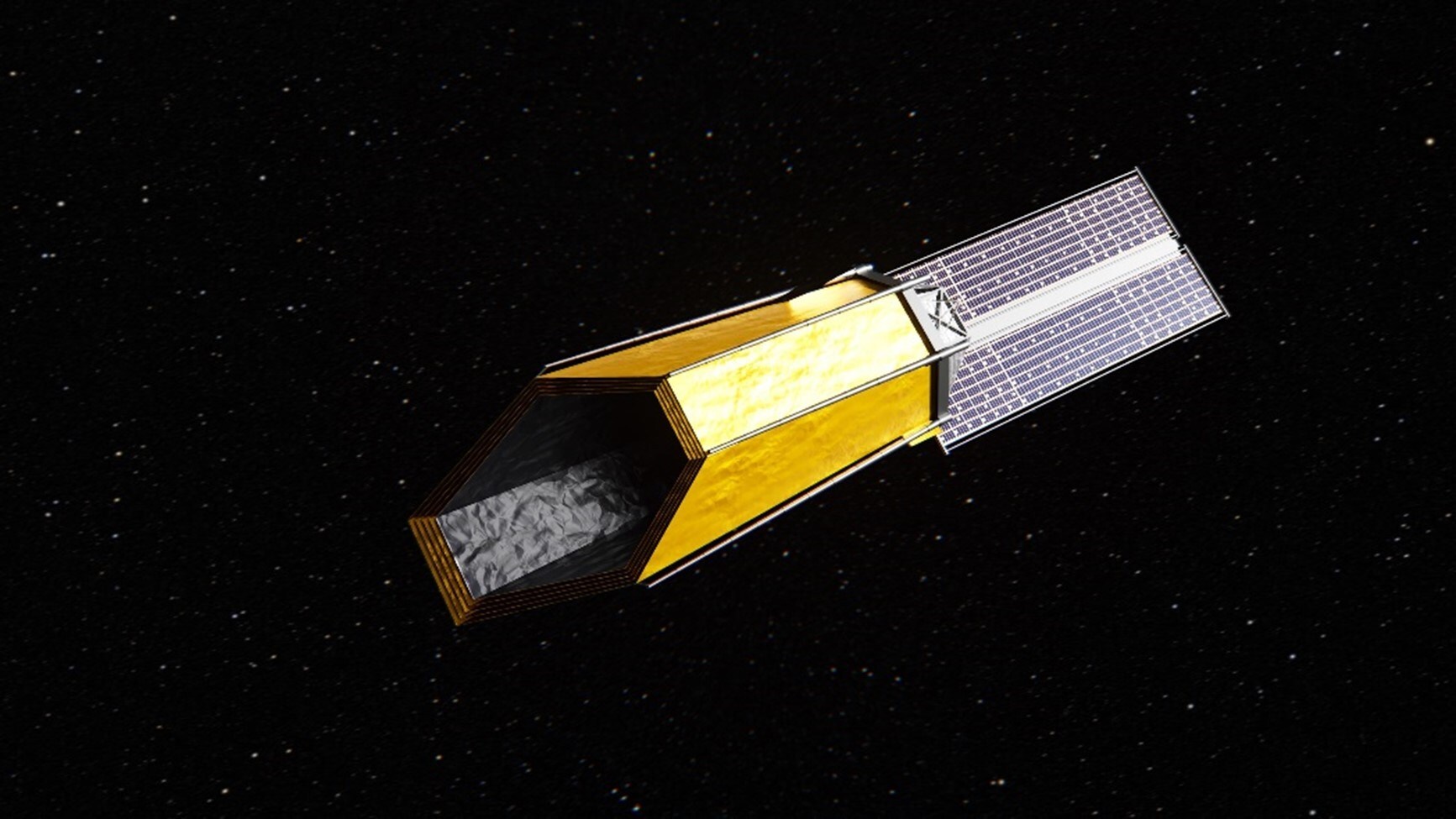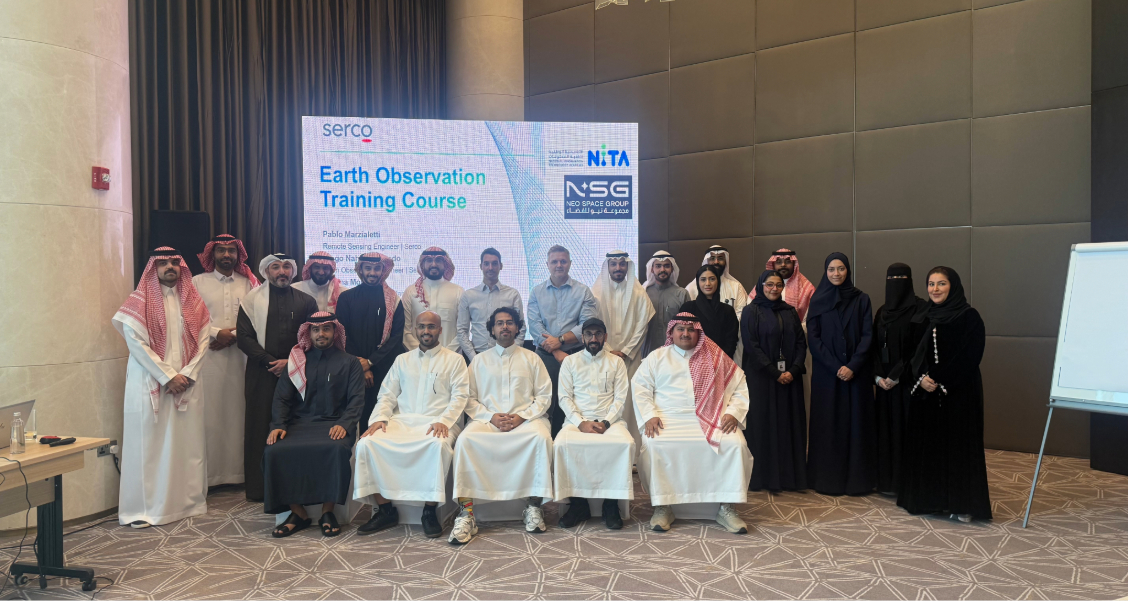NASA awards advance technologies for Habitable Worlds mission

Above: This artist’s concept features one of multiple initial possible design options for NASA’s Habitable Worlds Observatory.
Courtesy NASA’s Goddard Space Flight Center Conceptual Image Lab
The mission would directly image Earth-like planets around stars like our Sun and study their atmospheres for the chemical signatures of life, as well as enable other investigations about our solar system and universe. NASA is currently in the early planning stages for this mission concept, with community-wide working groups exploring its fundamental science goals and how best to pursue them. The agency is also in the process of establishing a Habitable Worlds Observatory Technology Maturation project office at NASA's Goddard Space Flight Center in Greenbelt, Maryland.
"The Habitable Worlds Observatory will be a historically ambitious mission, so we are taking a deliberate, strategic approach to its development and laying the groundwork now. We will need to bring together diverse expertise from government, academia and industry, while building on technologies and lessons learned from our previous large space telescopes," said Mark Clampin, director of the Astrophysics Division at NASA Headquarters in Washington. "With these awards, we're excited to engage industry to help close technology gaps to make this groundbreaking mission a reality."
In January 2024, NASA solicited industry proposals to help advance key technologies that will eventually be necessary for the Habitable Worlds Observatory. For example, the mission will require a coronagraph – an instrument that blocks the light of a star so we can better see nearby objects – thousands of times more capable than any prior space coronagraph, and a stable optical system moving no more than the width of an atom during its observations.
To help further the readiness of these technologies, NASA has now selected the following proposals for two-year, fixed-price contracts with a combined value of $17.5 million, targeted to begin by late summer 2024:
- Ultra-stable Telescope Research and Analysis - Critical Technologies (ULTRA-CT)
This project will focus on high-fidelity modeling and subsystem demonstrations to support future development of "ultra-stable" optical systems beyond current state-of-the-art technologies.
Principal investigator: Laura Coyle, Ball Aerospace (now BAE Systems)
- Technology Maturation for Astrophysics Space Telescopes (TechMAST)
This project seeks to advance the integrated modeling infrastructure required to navigate design interdependencies and compare potential mission design options.
Principal investigator: Alain Carrier, Lockheed Martin
- STABLE: Systems Technologies for Architecture Baseline
This project will focus on maturing technologies that support telescope features, such as a deployable baffle and a structure to support the optical train, while mitigating the impact of system or environmental disturbances.
Principal investigator: Tiffany Glassman, Northrop Grumman
This work will continue industry involvement started in 2017 under NASA's 'System-Level Segmented Telescope Design' solicitations, which concluded in December 2023. The new selected proposals will help inform NASA's approach to planning for the Habitable Worlds Observatory, as the agency builds on technologies from its James Webb Space Telescope and future Nancy Grace Roman Space Telescope and identifies where future investments are needed.
To learn more about NASA's Habitable Worlds Observatory: https://go.nasa.gov/HWO












